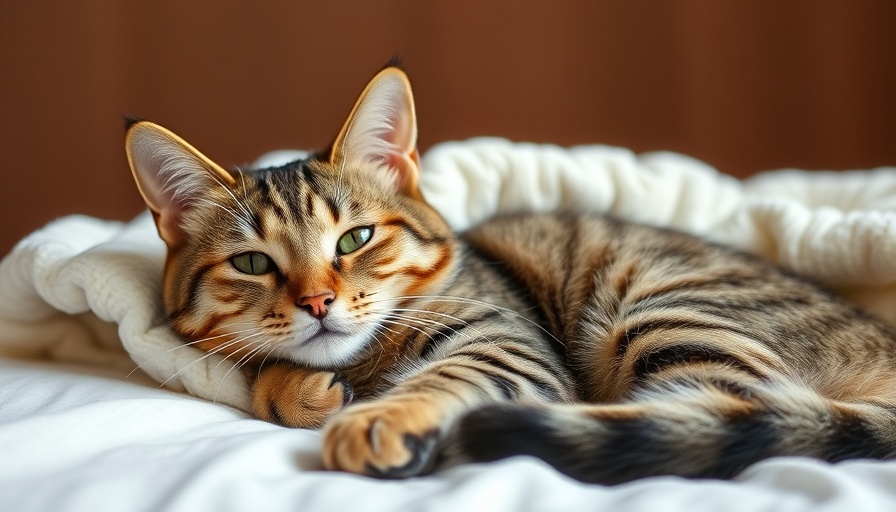
The HUGGLY Amazonas Hippo Dog Toy: A New Favorite for Your Pet
Pets are more than just animals; they are family members. The newest addition to the cuddly toy lineup, the HUGGLY Amazonas Hippo Dog Toy, is not just another plush plaything; it's designed to cater to the playful and loving nature of your furry friends. Priced at $20.99, this charming little hippo stands at an ideal 9.45 inches, making it suitable for small to medium-sized dogs who love to cuddle and chew.
Why Choose the HUGGLY Amazonas Hippo?
This adorable toy offers unique features that set it apart from the competition. Unlike many dog toys aimed purely at engagement, the HUGGLY Hippo focuses on comfort and health. Its tooth-caring rope provides benefits for your dog's dental hygiene, promoting healthy chewing without the risk of harmful materials. Additionally, this toy is wash-friendly at temperatures of up to 90°F, underscoring the practicality it brings to dog ownership.
Engaging and Cuddly: The Perfect Duo
In a market flooded with dog toys, how does the HUGGLY Amazonas Hippo compare? Take for instance the My BFF Py The Hippo Plush Toy and the Herbie the Hippo Plush Toy. While each of these toys emphasizes engagement with built-in squeakers and crinkle materials, the HUGGLY toy has the unique advantage of offering a more calming, cuddle-friendly option without overwhelming sound stimuli. The absence of squeakers makes it a perfect bedtime companion for dogs who like to nap with something soft and comforting.
Comfort Meets Fun: Toys That Serve More Than One Purpose
Dog toys should serve multiple functions. Beyond entertainment, they can provide emotional comfort or aid in a dog's wellbeing. For example, many dog owners have found that toys without squeakers can help keep dogs calm during various situations, from traveling in the car to thunderstorms. The HUGGLY Amazonas Hippo is no exception. It’s not just a toy; it’s also an emotional support companion that your dog can trust.
Taking Comfort to the Next Level
With distinct characteristics, such as a soft, cuddly design and a focus on health, the HUGGLY Amazonas Hippo redefines how we look at dog toys. After all, pets deserve toys that not only entertain but also keep them healthy and happy. Popular brands such as Nandog and Hip Doggie provide alternatives, yet their offerings often compromise on comfort turf. As pet parents, we want to ensure our companions' health without sacrificing on cuddles—something that the Amazonas Hippo does splendidly.
Concluding Thoughts: The Ideal Choice for Loving Pet Owners
Every dog parent wants to give their furry friends the best. By investing in the HUGGLY Amazonas Hippo Dog Toy, you're not just opting for a playmate for fun, but also a soft companion that promotes health and emotional well-being. Whatever your dog's needs might be, having a cuddly friend like this hippo can enhance their life significantly.
Take the plunge and enrich your dog's playtime by adding the HUGGLY Amazonas Hippo to their collection. Quality toys lead to happy pets, and that satisfaction can’t be overlooked. Order yours today and watch as your pup falls in love!
 Add Row
Add Row  Add
Add 




Write A Comment